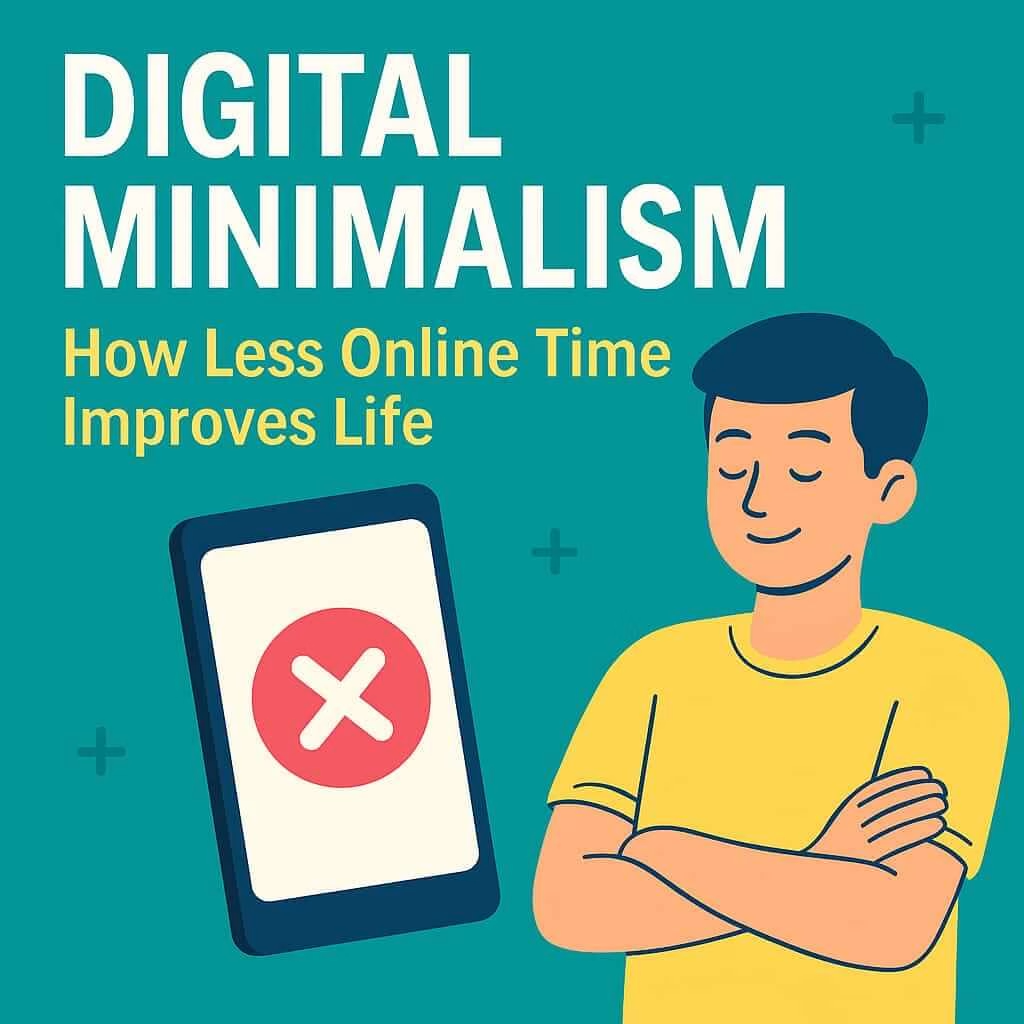
Unlock the benefits of digital minimalism. By spending less time online, you can greatly improve your focus, boost productivity, enhance mental health, and improve your overall sense of well-being.
Introduction
In today’s hyperconnected world, we’re constantly overwhelmed by a stream of notifications, messages, emails, and endless scrolling that pulls our attention in a million directions. While the internet offers a wealth of information and entertainment, it also has a dark side: overstimulation, distraction, anxiety, and a constant feeling of being “busy.” This is where Digital minimalism is a philosophy that advocates for the purposeful and mindful use of technology to regain control over our time, mental energy, and overall sense of well-being. It involves simplifying digital tools and habits to focus only on what truly adds value to our lives. In this article, we’ll dive deep into how digital minimalism can help us lead a more focused and meaningful life.
What Is Digital Minimalism?
Digital minimalism is the practice of being intentional with your digital usage. It’s not about giving up technology entirely but about using it purposefully to support your values rather than distract from them. Coined by Cal Newport, this concept encourages us to take control of our digital consumption and eliminate the clutter of unnecessary apps, notifications, and digital habits.
Key Principles of Digital Minimalism:
- Intentional Use: Use technology with a purpose.
- Clarity of Values: Understand what matters to you and align your digital habits accordingly.
- Elimination of Noise: Remove digital clutter that doesn’t serve your goals.
- Focus and Deep Work: Prioritize quality over quantity when it comes to online interactions.
The Hidden Costs of Digital Overuse
While smartphones and social media connect us, they also contribute to:
- Reduced Productivity: Constant notifications disrupt focus and workflow.
- Increased Anxiety: The pressure to stay updated and respond instantly causes stress.
- Sleep Issues: Blue light and endless scrolling negatively affect sleep quality.
- Decreased Real-life Interaction: Excessive screen time can replace meaningful face-to-face communication.
By acknowledging these hidden costs, we begin to see the urgency for change.
Benefits of Practicing Digital Minimalism
- Improved Mental Health
Digital minimalism can dramatically reduce stress, anxiety, and feelings of inadequacy often fueled by social media. With less comparison and fewer distractions, your mind feels calmer.
- Enhanced Productivity
With fewer apps and distractions, your brain can focus on what matters. You’ll accomplish more in less time, leading to a sense of satisfaction and achievement.
- Better Relationships
Spending less time on screens creates space for more meaningful interactions with family and friends. You become more present and engaged.
- Increased Creativity
Boredom, which we often avoid with digital content, is a powerful spark for creativity. Digital minimalism frees your mind, allowing it to wander and ignite creativity. By cutting out distractions it creates space for original thoughts and deeper thinking. By reducing digital distractions it opens up space for deep thinking and innovation.
- Quality Sleep
Reduced screen time, especially before bed, improves your sleep quality and energy levels the next day.
How to Start with Digital Minimalism
Step 1: Audit Your Digital Life
Begin by reviewing all the digital platforms you use—social media, apps, subscriptions, notifications—and evaluate their necessity.
Step 2: Define Your Priorities
Ask yourself: What truly matters to me? Is this app or activity supporting that?
Step 3: Remove the Excess
Uninstall unused apps, mute unnecessary notifications, and delete social media accounts that don’t add value.
Step 4: Create Tech-Free Zones
Designate certain times or spaces in your life (e.g., bedroom, dinner time) as tech-free to promote mindfulness and presence.
Step 5: Reintroduce with Intention
Only add back tools that serve a clear, productive purpose in your life.
Real-Life Examples
Sara, a student, cut down her social media usage by 80% and saw an increase in her academic performance and mental clarity.
Ali, a freelancer, uninstalled all but two apps from his phone and now completes client work in half the time with better quality.
Fatima, a mother, introduced screen-free evenings at home, leading to improved bonding and reduced household tension.
Integrating Digital Minimalism into Daily Life
Use a physical planner instead of digital ones.
Read books or printed articles instead of browsing.
Practice mindfulness or journaling instead of scrolling.
Keep your phone in a separate room while you’re focused on deep work. This helps eliminate distractions and allows you to concentrate fully on the task at hand.
Challenges You Might Face
FOMO (Fear of Missing Out) is the feeling that you’re missing out on something important or exciting, often driven by the fear of being disconnected from what others are experiencing or talking about.
Peer Pressure: You might feel isolated at first, but you’ll soon discover better connections with people who value your time.
Boredom can be a powerful catalyst for creativity. Instead of avoiding it, embrace it as an opportunity for your mind to wander and come up with fresh ideas.
Conclusion
Digital minimalism isn’t about abandoning the online world but reclaiming control over how we use it. It’s about focusing on quality rather than quantity, and prioritizing purpose over impulsive actions. By practicing digital minimalism, you unlock greater peace, productivity, and a stronger sense of self.
Start small, stay consistent, and watch your digital life transform into a tool for growth rather than a source of distraction.
Stay connected with Youth Scopes for more inspiring insights and practical guides. This journey is just the beginning.
This post is part of our Blog category focused on self-improvement, tech, and intentional living.

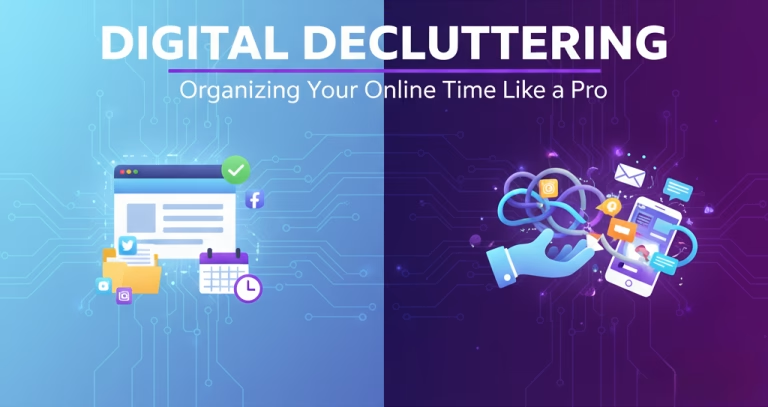
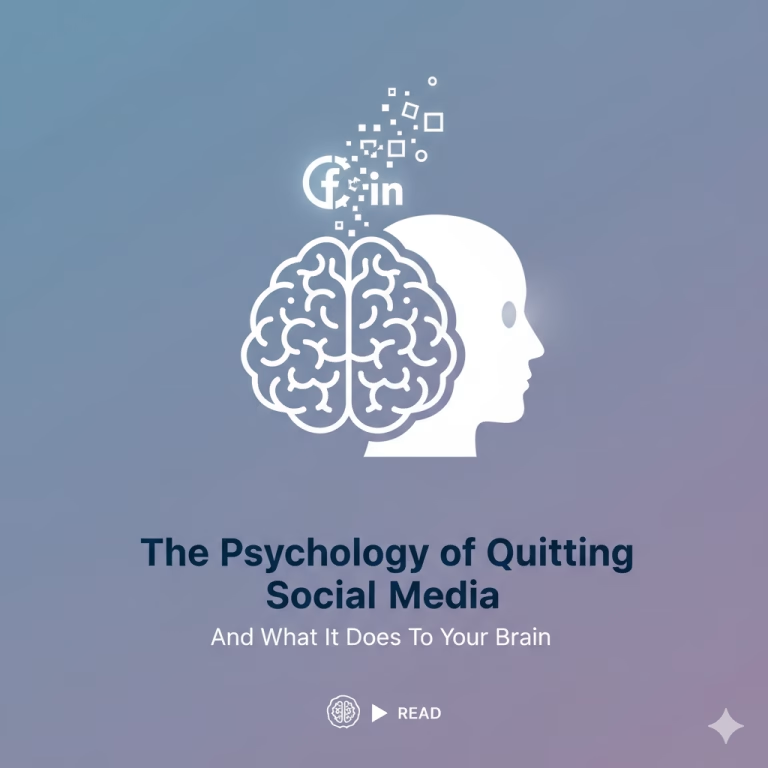
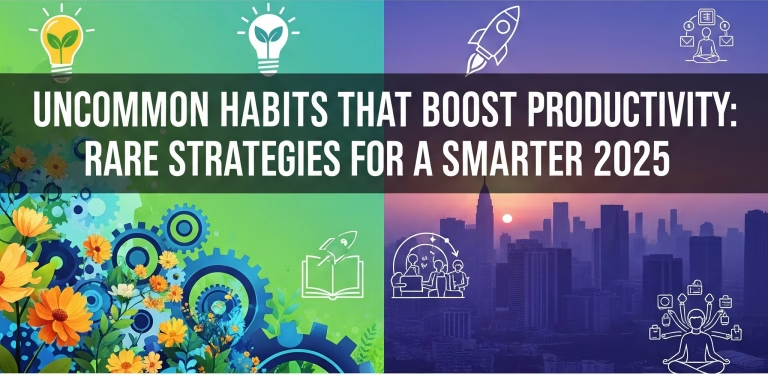

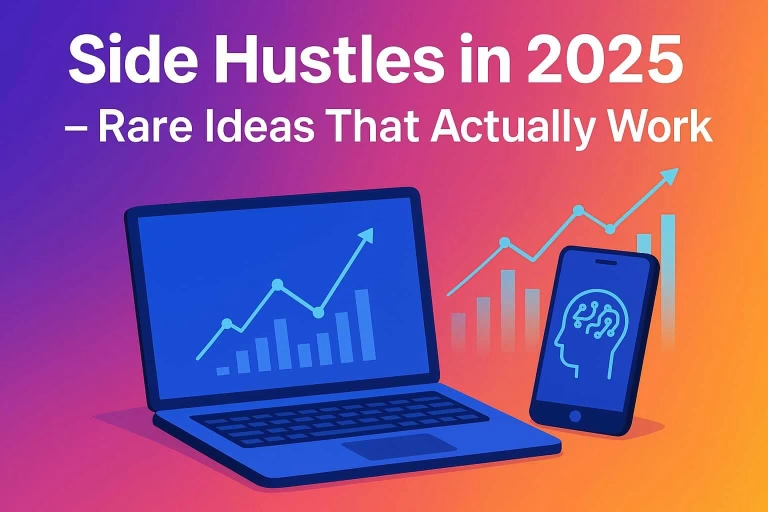

One Comment